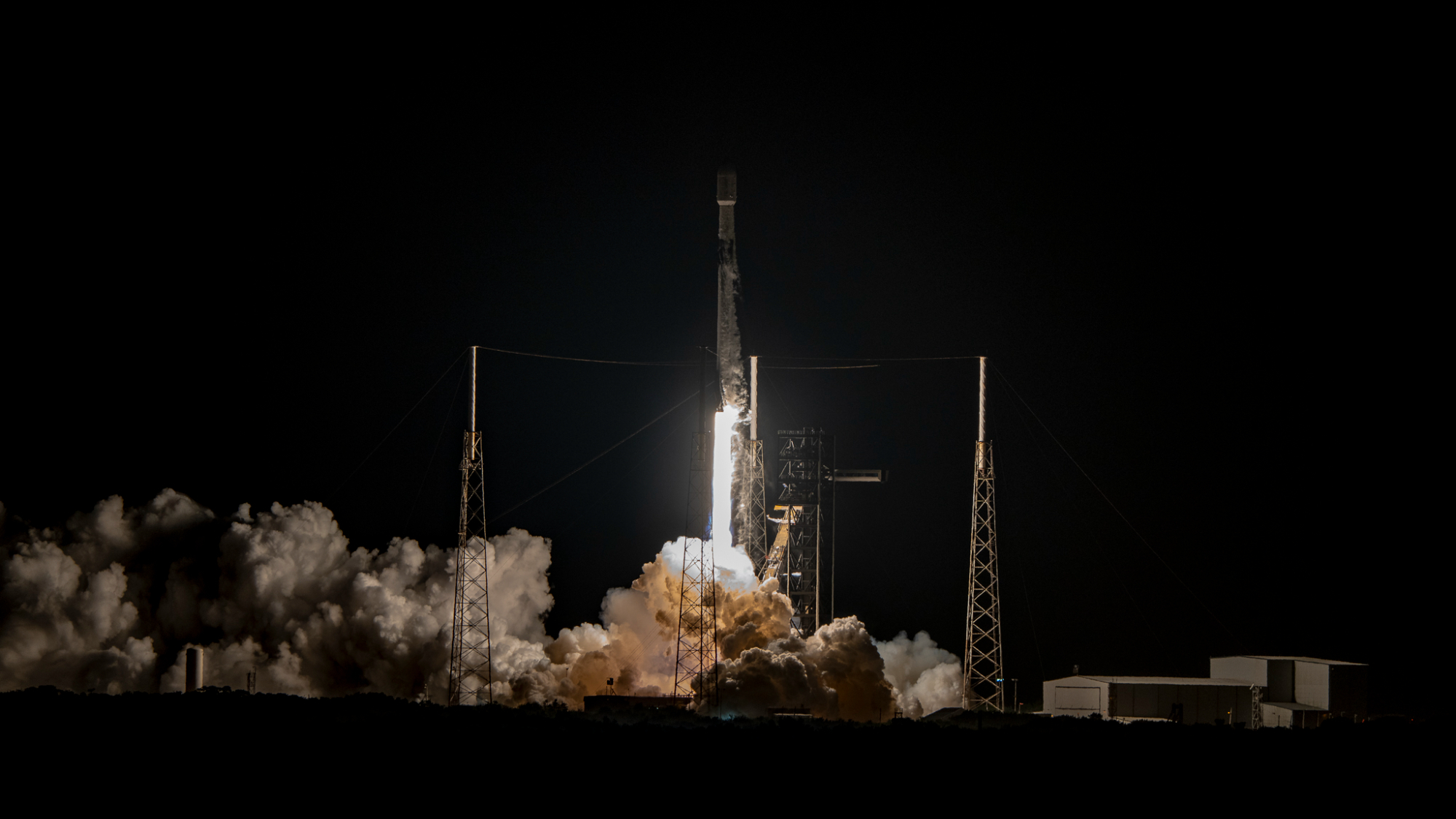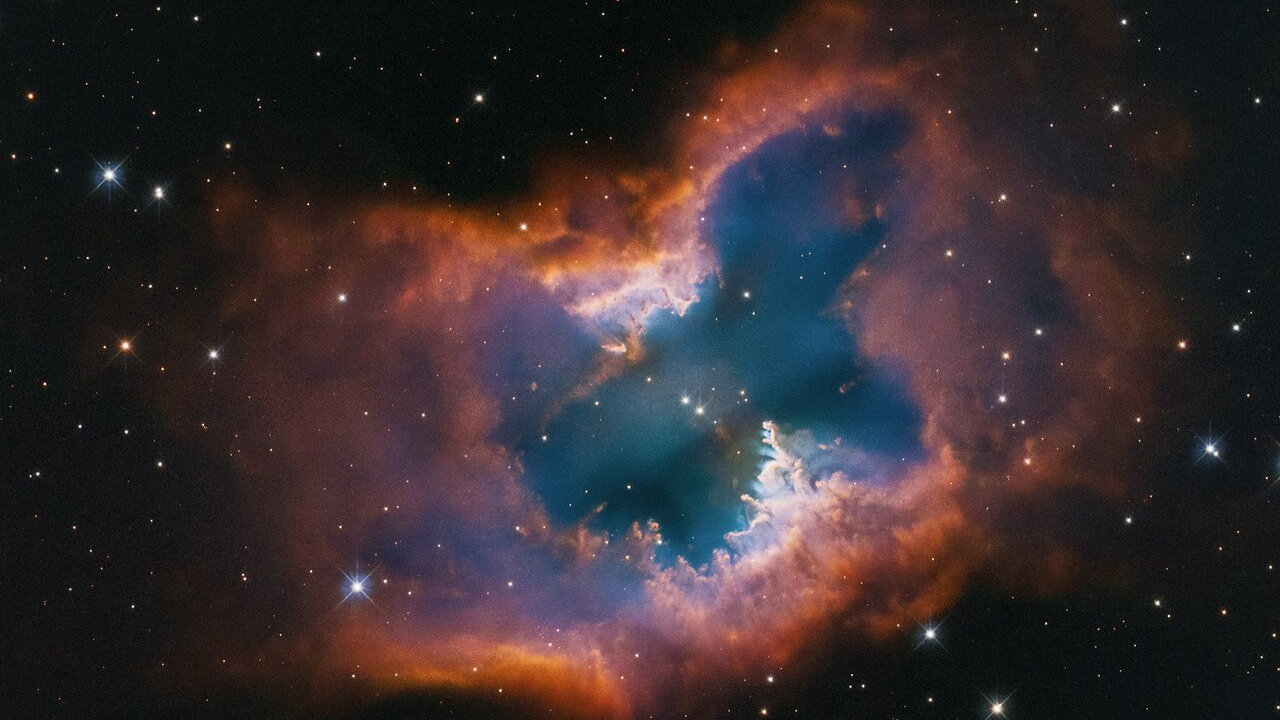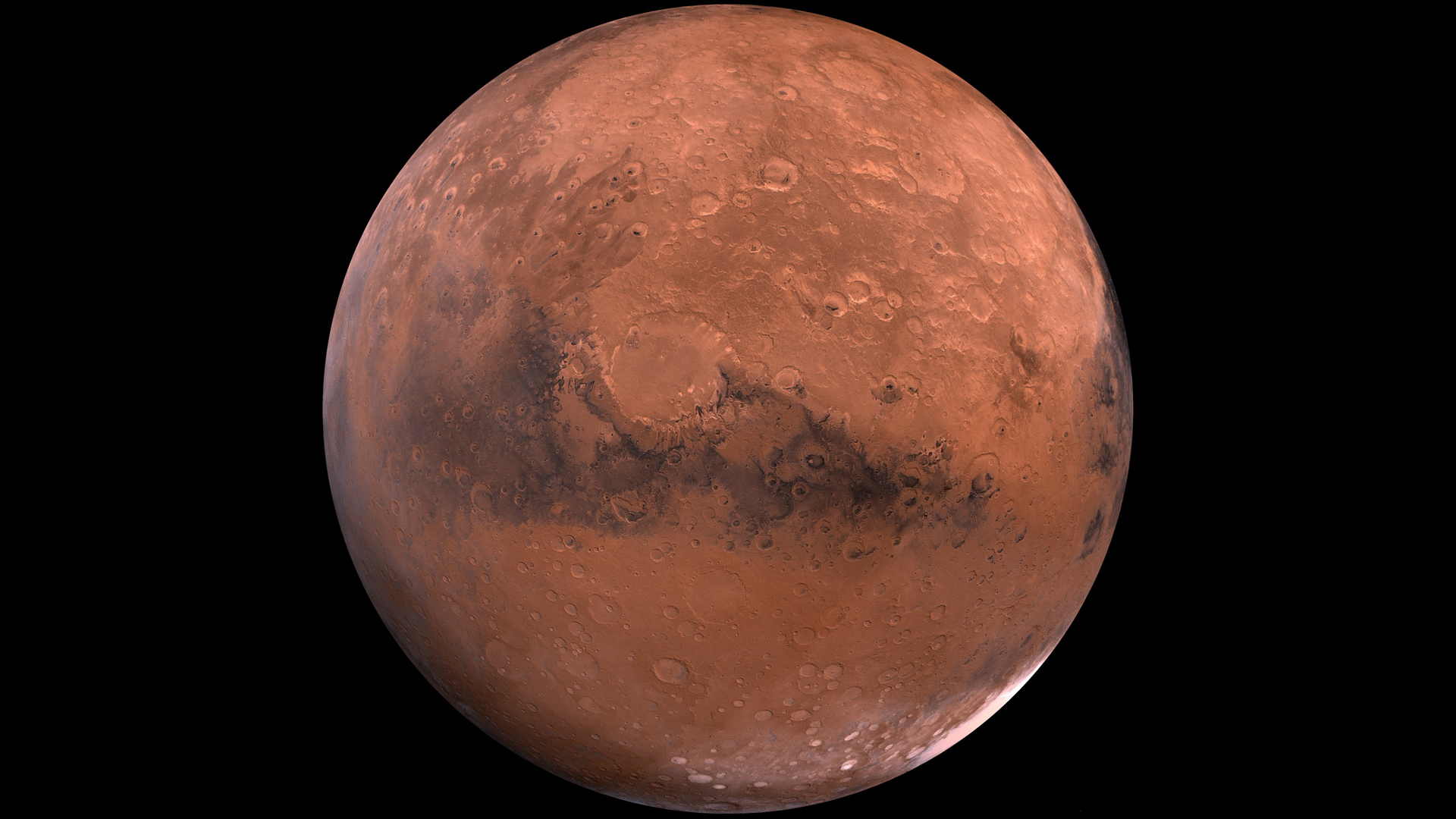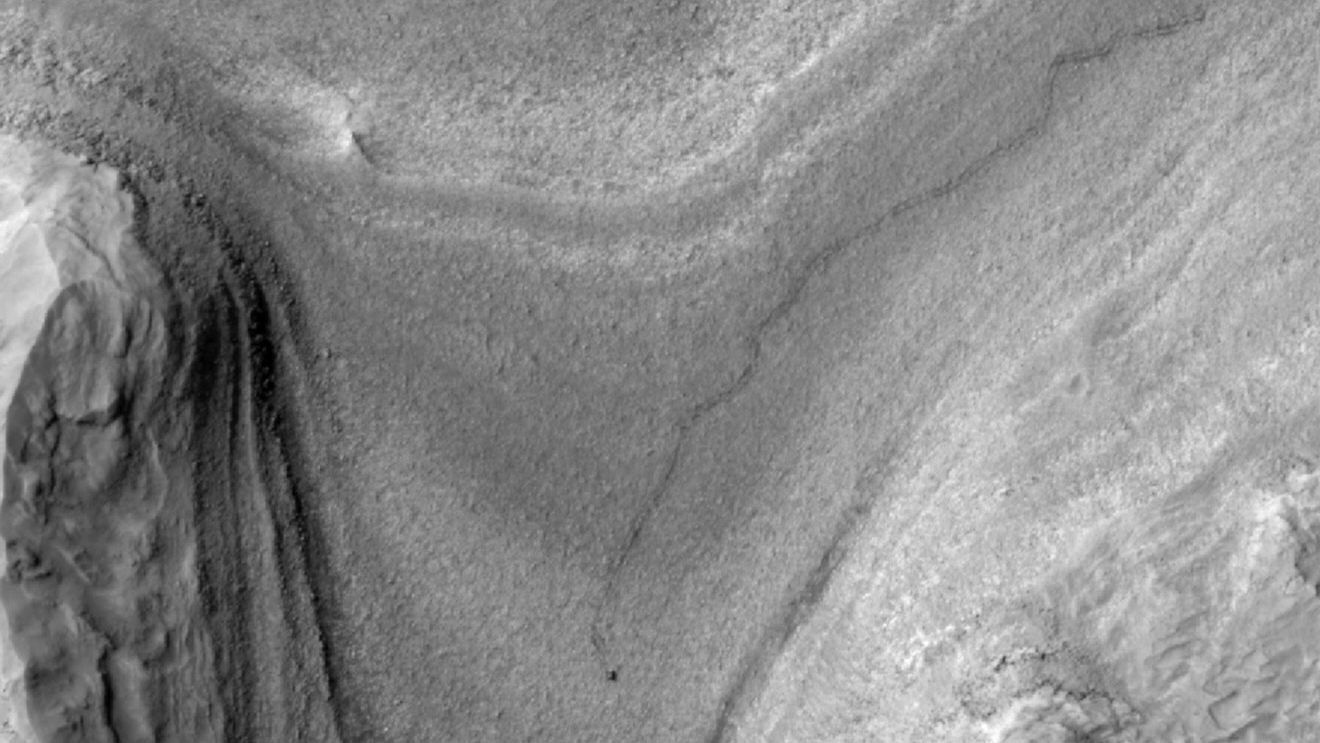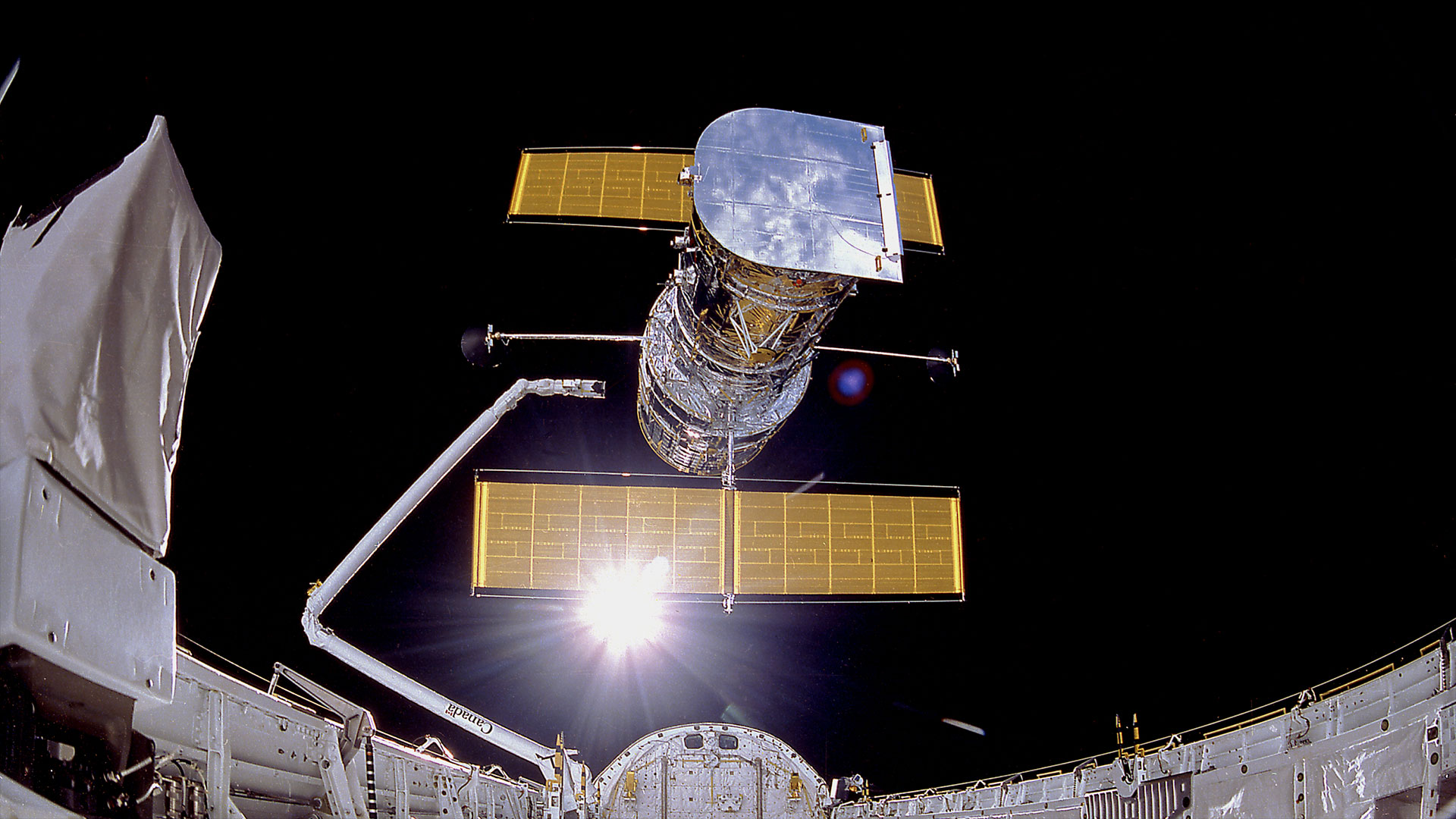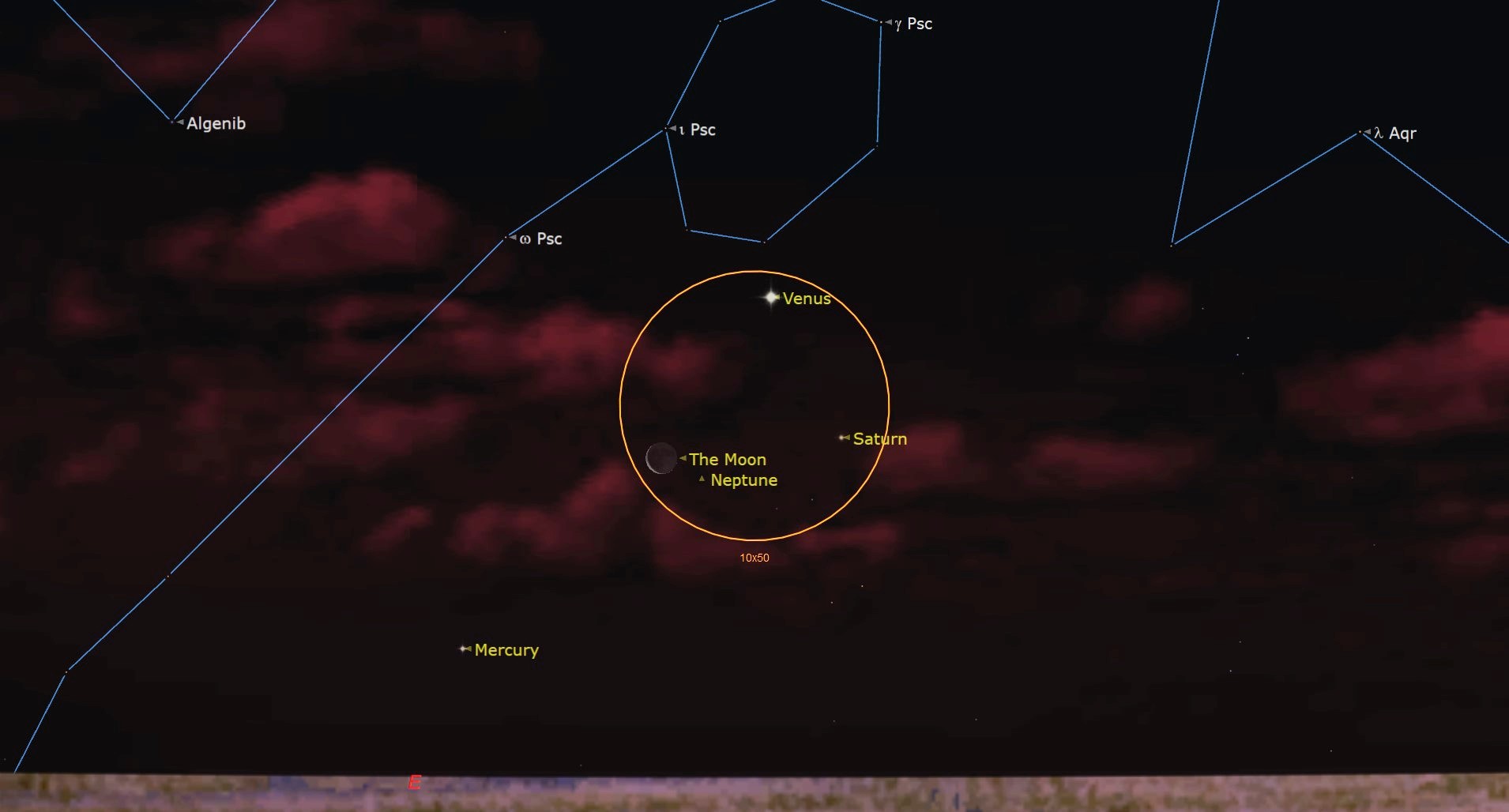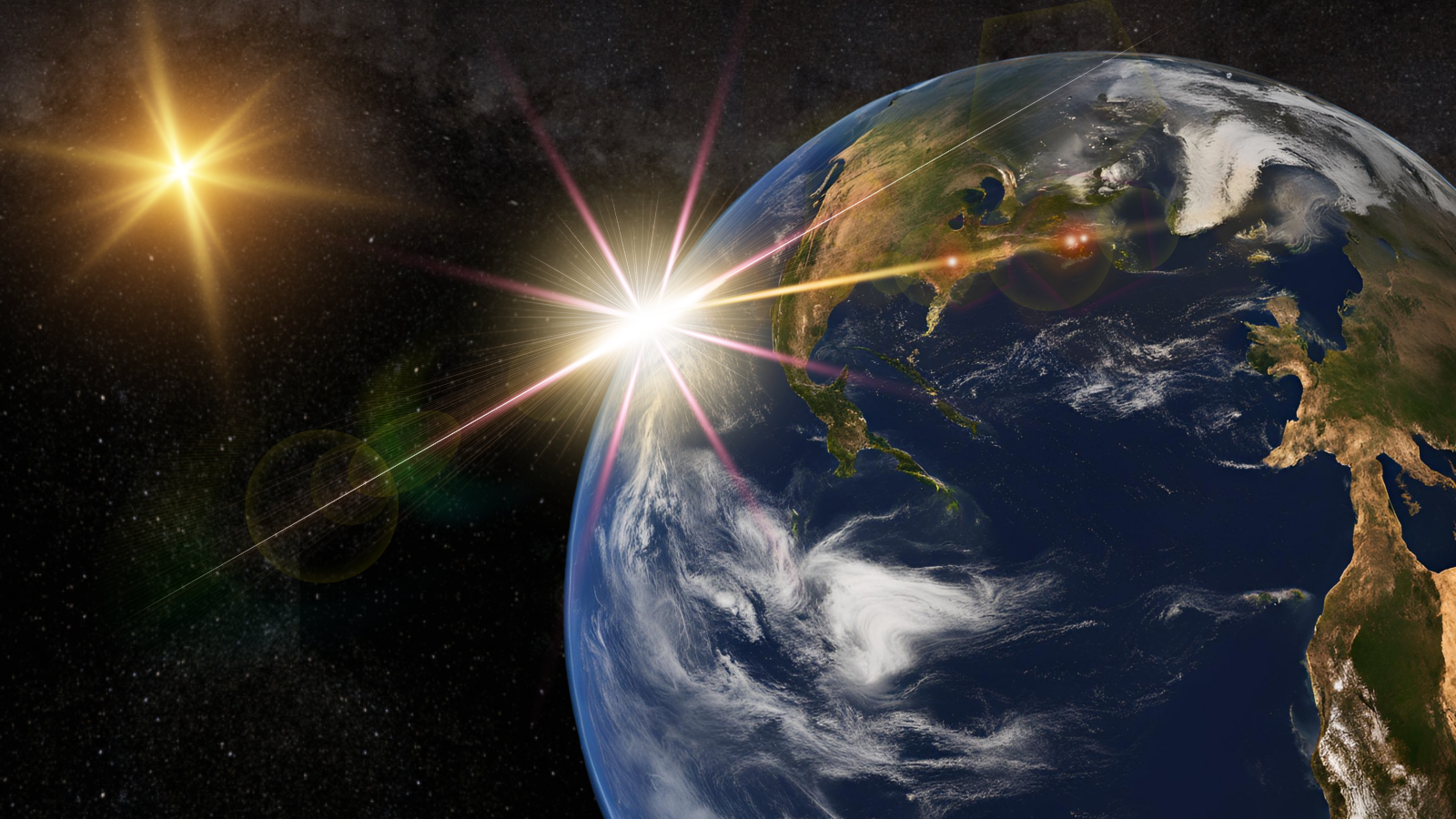Blue Ghost moon lander lowers its orbit to fly closer to the lunar surface (video)
For this probe, the moon is way (way) closer now.
There's a lot less sky and a lot more moon in view for Firefly Aerospace's "Ghost Riders in the Sky" mission.
Firefly's lunar lander, named Blue Ghost, entered orbit around the moon last week, ending a four-day transit from Earth and starting to gear up for a lunar touchdown. In the lead-up to that landing attempt, which should take place a little less than two weeks from now, Blue Ghost recently completed a three-minute, 18-second engine burn to lower its orbit around the moon. The maneuver brought the lander to an altitude of 75 miles (120 kilometers) above the lunar surface, where it will remain until beginning its descent.
In a post on X, which included a video of the probe's new close-up view of the lunar surface, Firefly suggested intermittent communications blackouts with Blue Ghost would occur as the lander circles around the far side of the moon. While the lander is still on the near side, Firefly's team is continuing to receive data and finalize the probe's next engine burns and landing patterns. "That will get Blue Ghost even closer to the lunar surface and keep us right on track for landing on March 2," the post says.
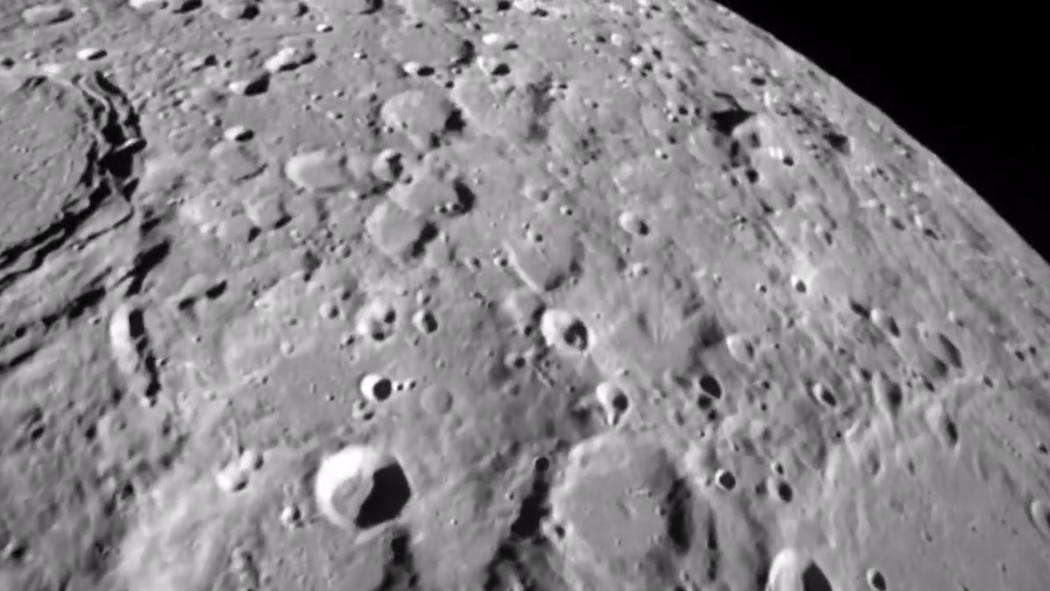
Blue Ghost launched last month on a SpaceX Falcon 9 rocket from NASA's Kennedy Space Center in Florida. Ghost Riders in the Sky is one of the space agency's Commercial Lunar Payload Services (CLPS) missions, which contracts private companies to fly NASA science experiments and equipment to the moon. Blue Ghost is carrying 10 research and technology demonstrations built to study the lunar environment as NASA ramps up its efforts to return astronauts to the moon through the Artemis program.
Blue Ghost launched on the same rocket that carried another lunar lander to orbit as well: Japanese company ispace's moon lander "Resilience." Resilience is the second moon lander from ispace; its first was unsuccessful. Resilience is carrying the micro-rover Tenacious, and is also hoping for a soft touchdown on the surface of the moon, albeit along a much different route than the one its Blue Ghost launch companion will take.
Our #GhostRiders completed another lunar orbit maneuver with a 3 minute, 18 second burn early this morning. This maneuver moved the lander from a high elliptical orbit to a much lower elliptical orbit around the Moon. Shortly after the burn, Blue Ghost captured incredible footage… pic.twitter.com/ygyMVpaBW4February 18, 2025
Resilience's orbit and path toward landing use a measurable amount less energy than Blue Ghost's do, but at the trade-off of time. The probe still has about 3.5 months to go before making its landing attempt. Blue Ghost, on other hand, will have wrapped up its mission well before then.
If everything goes according to plan, Blue Ghost will be the second private mission to ever land on the moon. Once on the lunar surface, the probe will have a full lunar day (about two weeks) before the sun sets and it loses power. During that time, though, the 10 NASA payloads will be busy at work collecting samples, testing components and making discoveries to help researchers better design future missions to the moon and beyond.
Get the Space.com Newsletter
Breaking space news, the latest updates on rocket launches, skywatching events and more!
Join our Space Forums to keep talking space on the latest missions, night sky and more! And if you have a news tip, correction or comment, let us know at: community@space.com.

Josh Dinner is the Staff Writer for Spaceflight at Space.com. He is a writer and photographer with a passion for science and space exploration, and has been working the space beat since 2016. Josh has covered the evolution of NASA's commercial spaceflight partnerships and crewed missions from the Space Coast, as well as NASA science missions and more. He also enjoys building 1:144-scale model rockets and human-flown spacecraft. Find some of Josh's launch photography on Instagram and his website, and follow him on X, where he mostly posts in haiku.
